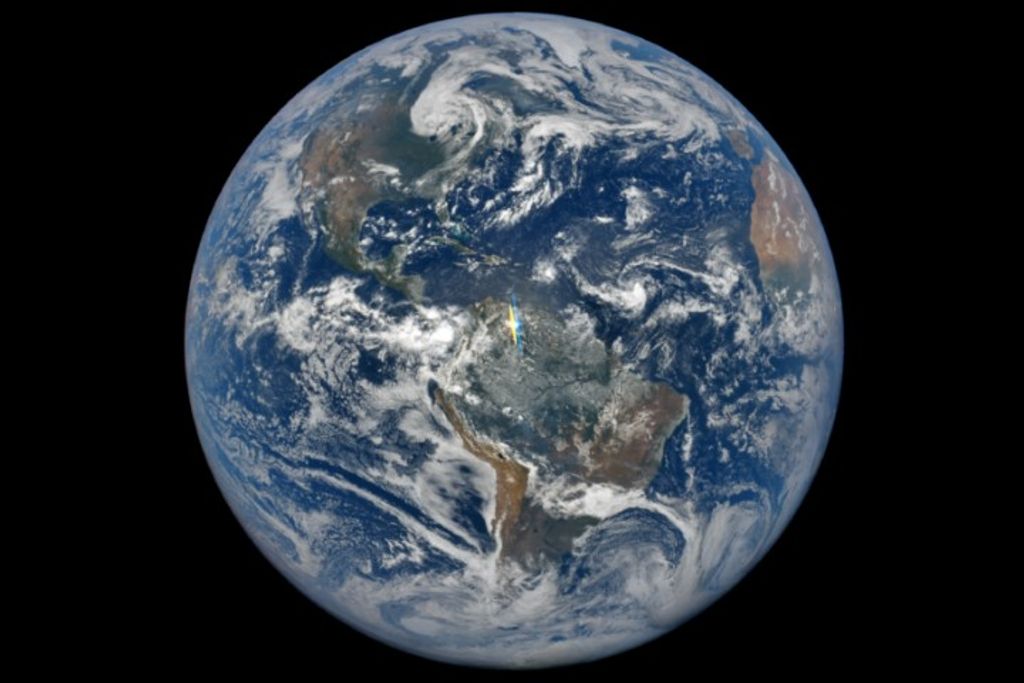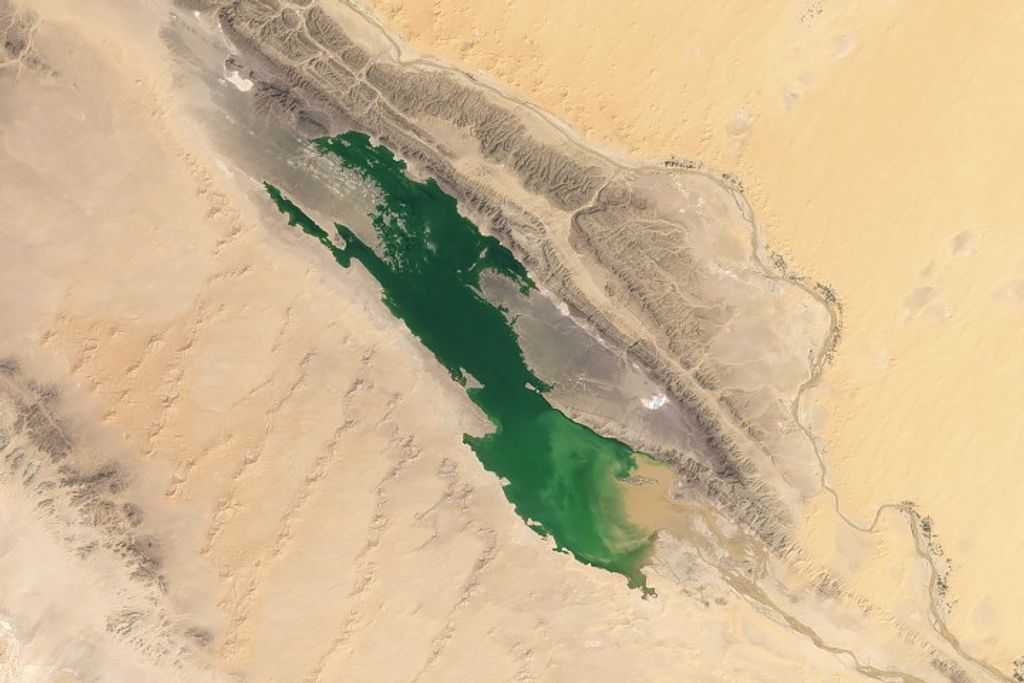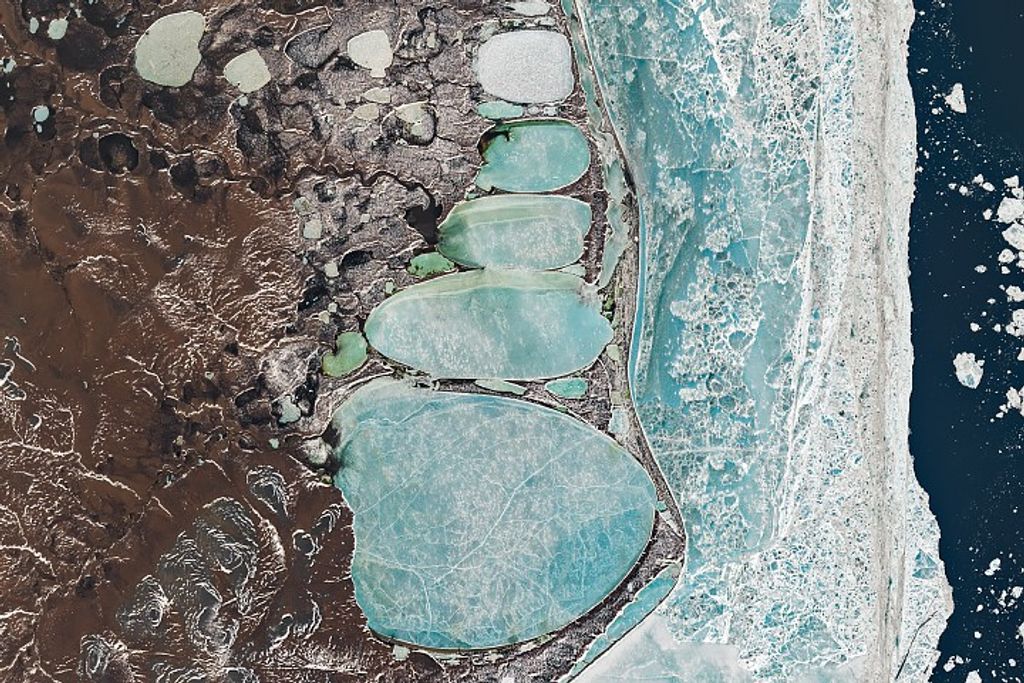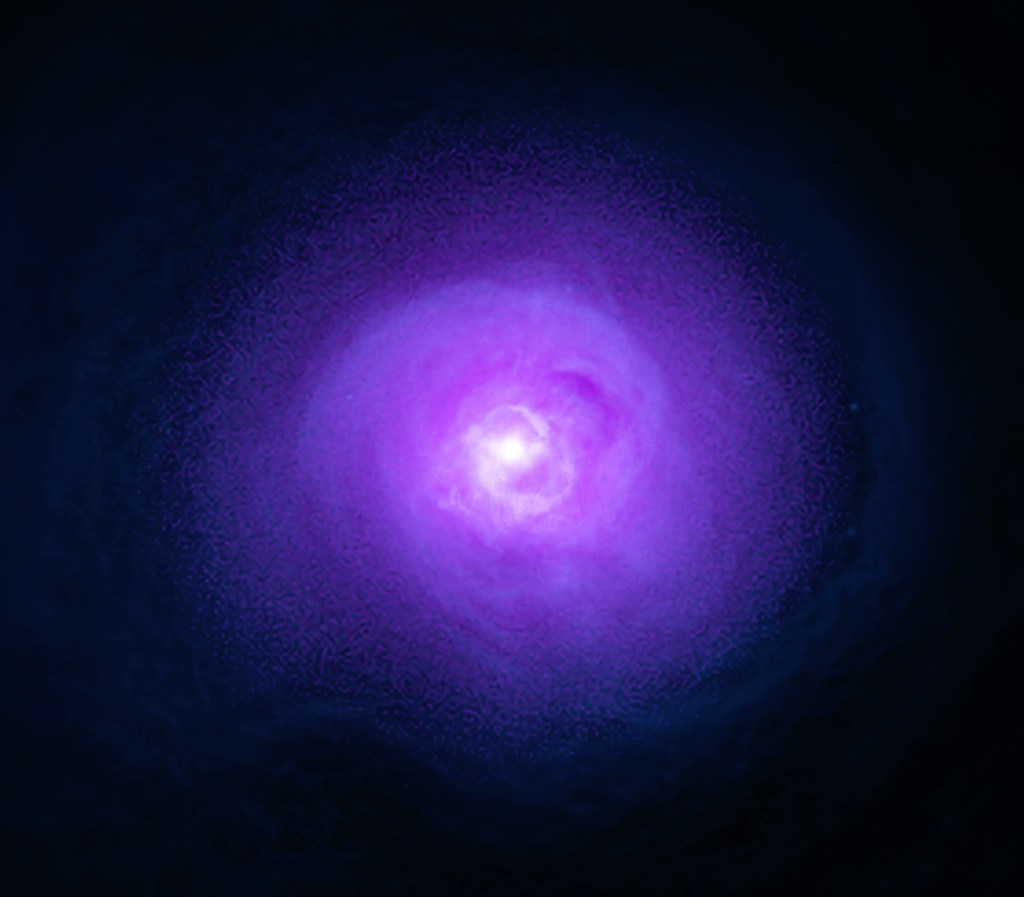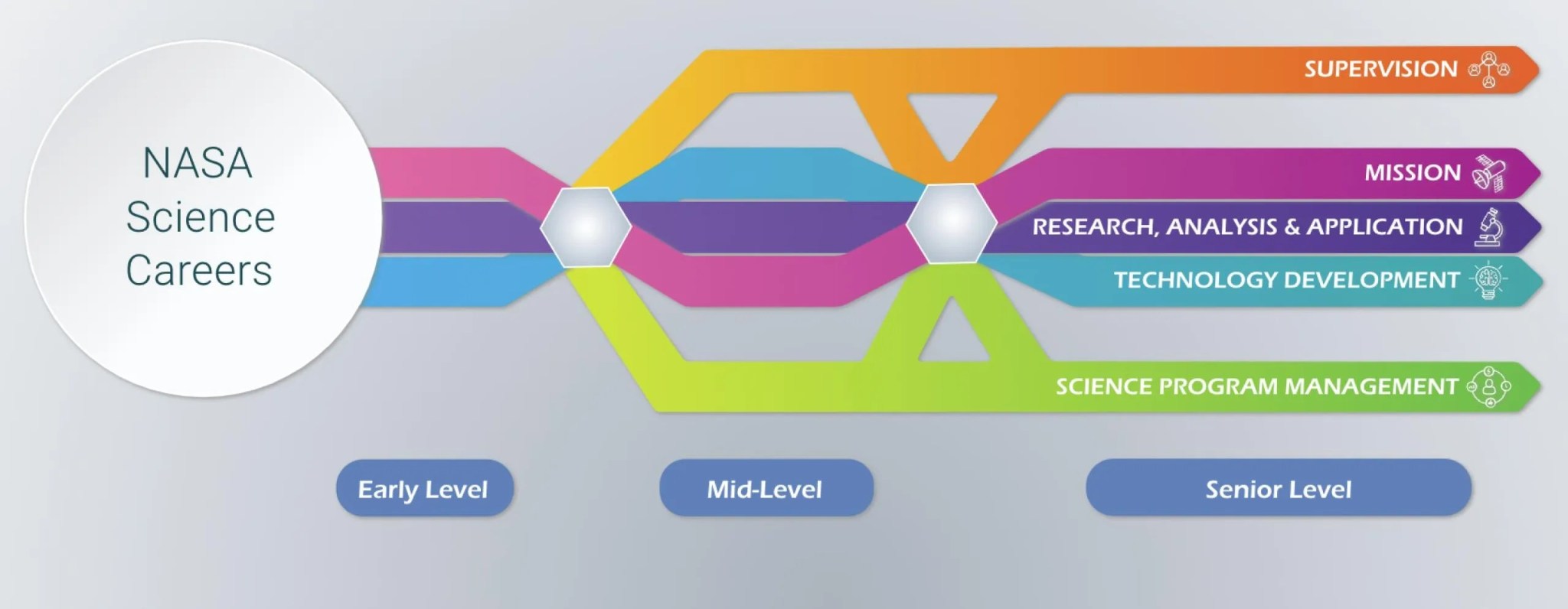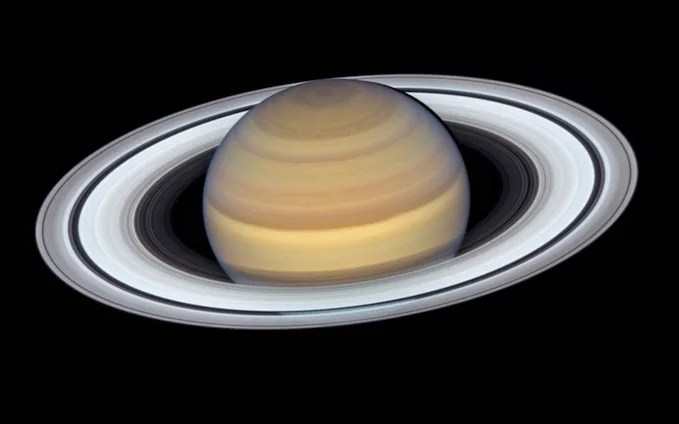

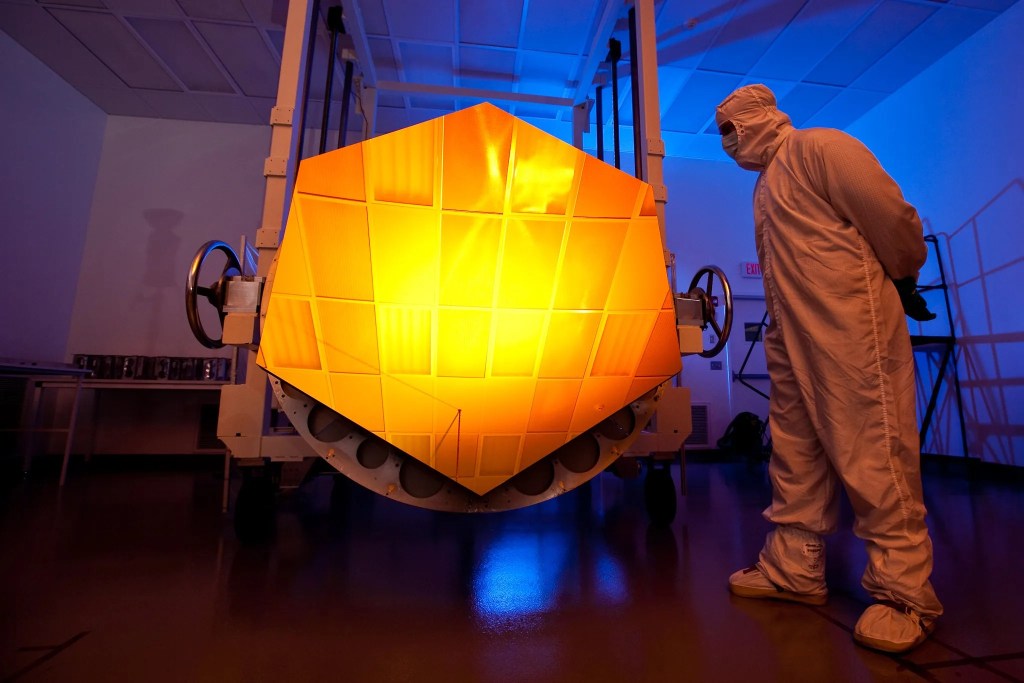
About NASA Science
Science is interconnected; no important question stands alone. The Science Mission Directorate (SMD) is an organization where discoveries in one scientific discipline have a direct route to other areas of study. This flow is something extremely valuable and is rare in the scientific world.
NASA Science Fleet Chart
NASA Science missions circle the Earth, the Sun, the Moon, Mars, and many other destinations within our Solar System, including spacecraft that look out even further into our universe. The Science Fleet depicts the scope of NASA’s activity and how our missions have permeated throughout the solar system.
“It’s important to remind ourselves that we have the most glorious jobs in the world. We are all paid to figure out how the universe began and how it evolves. We’re paid to try to figure out how the night sky, full of galaxies and stars and planets, came to be. And we’re paid to try to find life elsewhere in the universe. What could be better than that?”

Paul hertz
Former Director of Astrophysics Division
Science Career Path Tool
Learn more about our science career paths in NASA's Science Career Path Tool. This interactive tool features five distinct science careers tracks and summarizes the common roles across all of NASA's science workforce. View the Science Career Path Tool.








